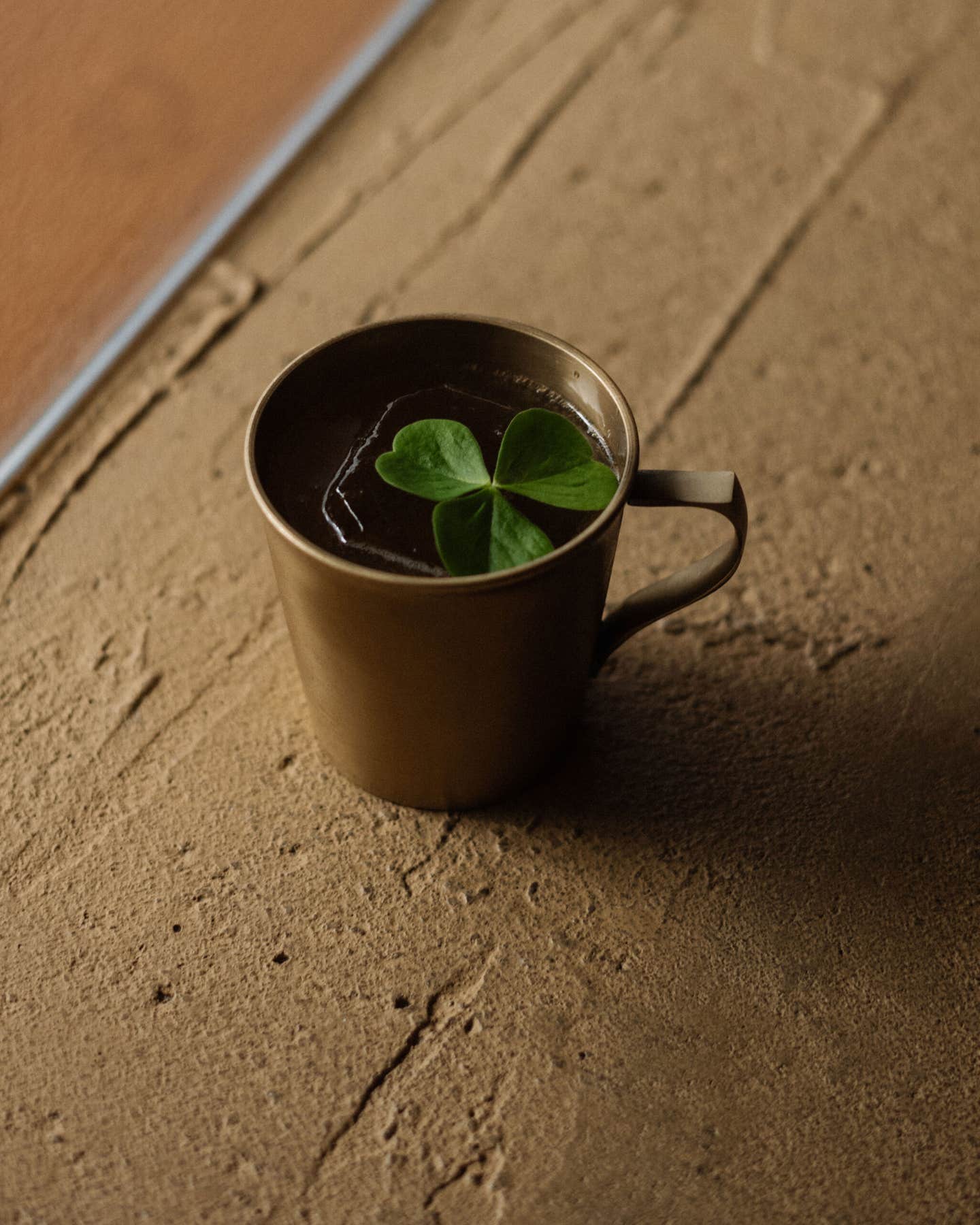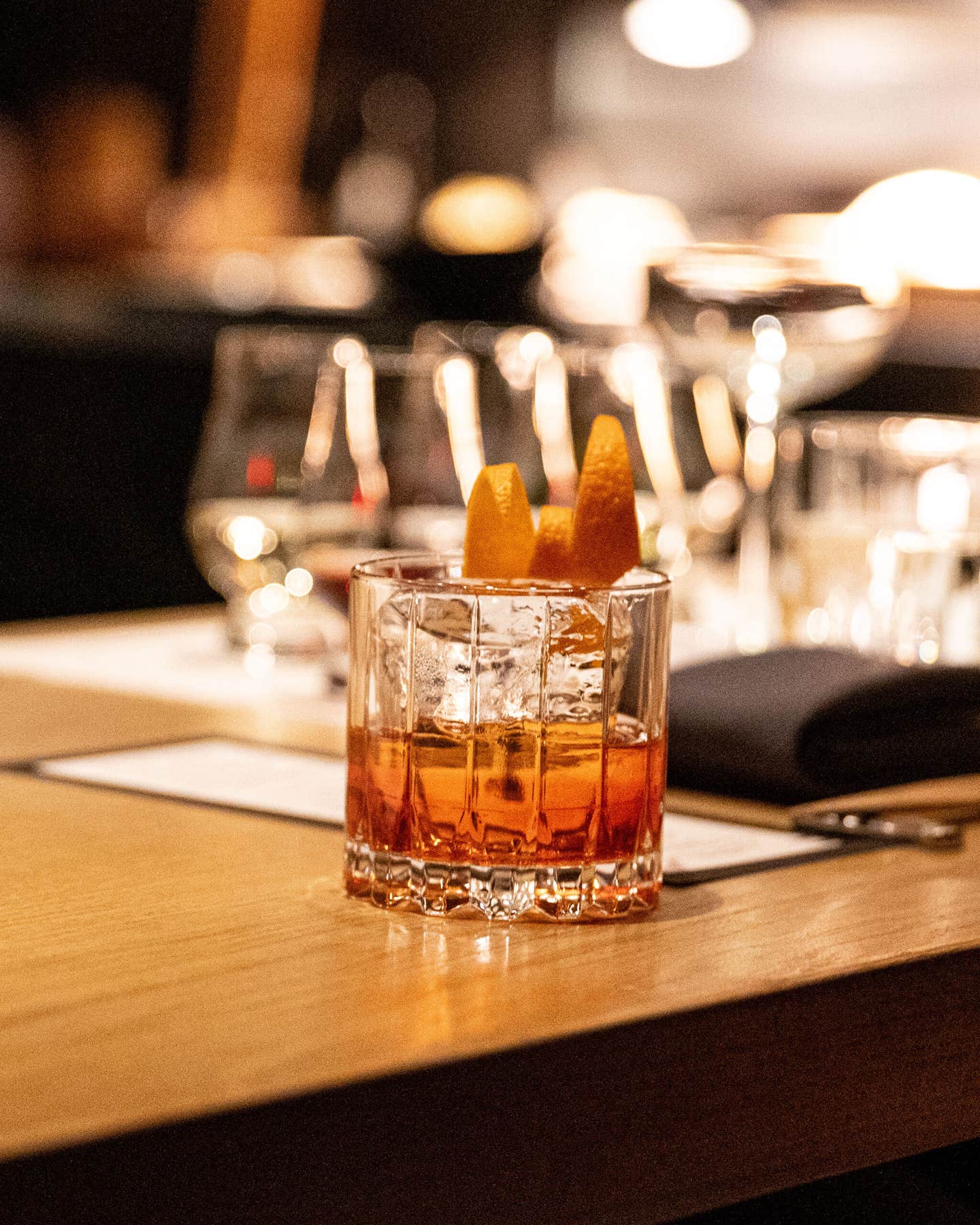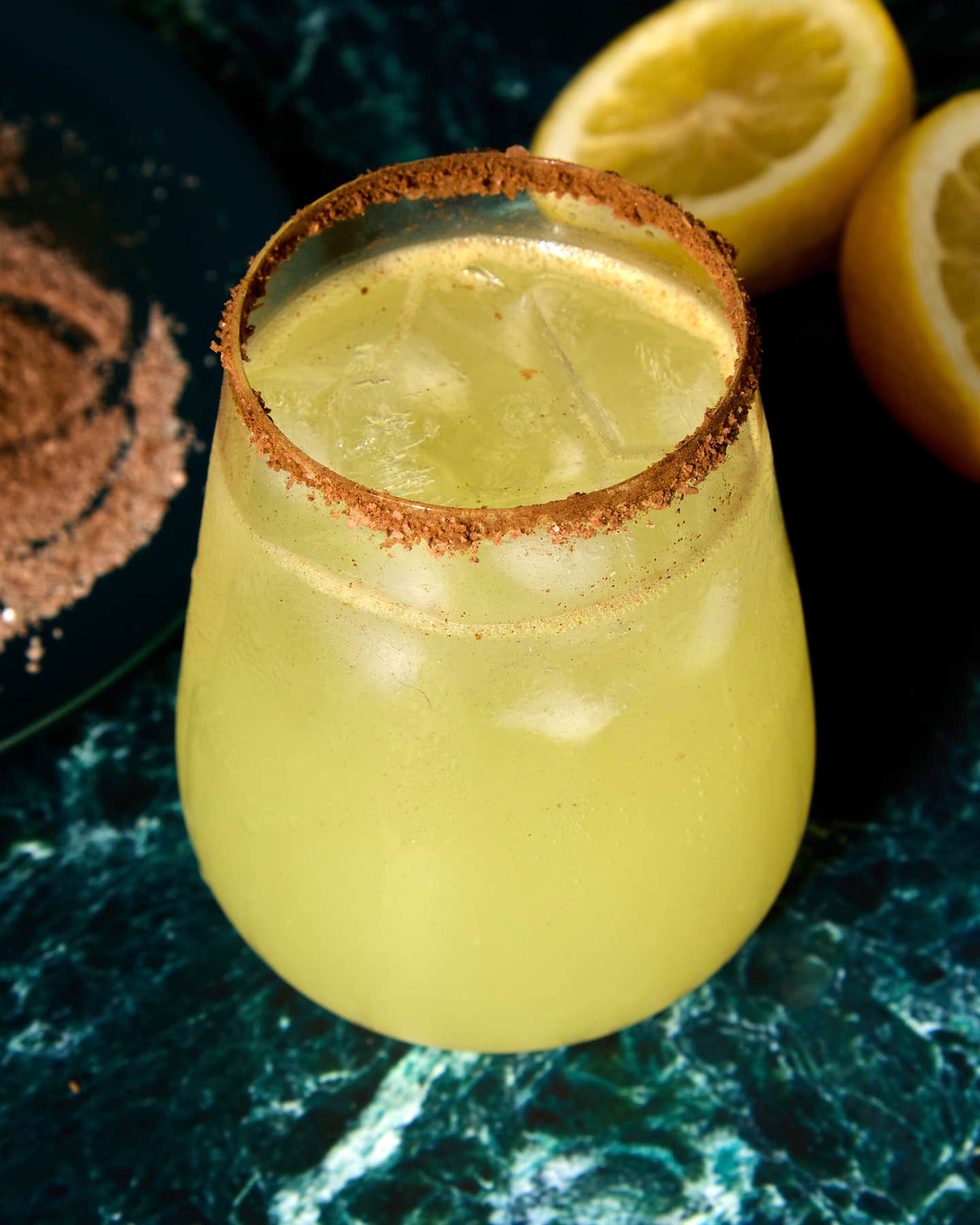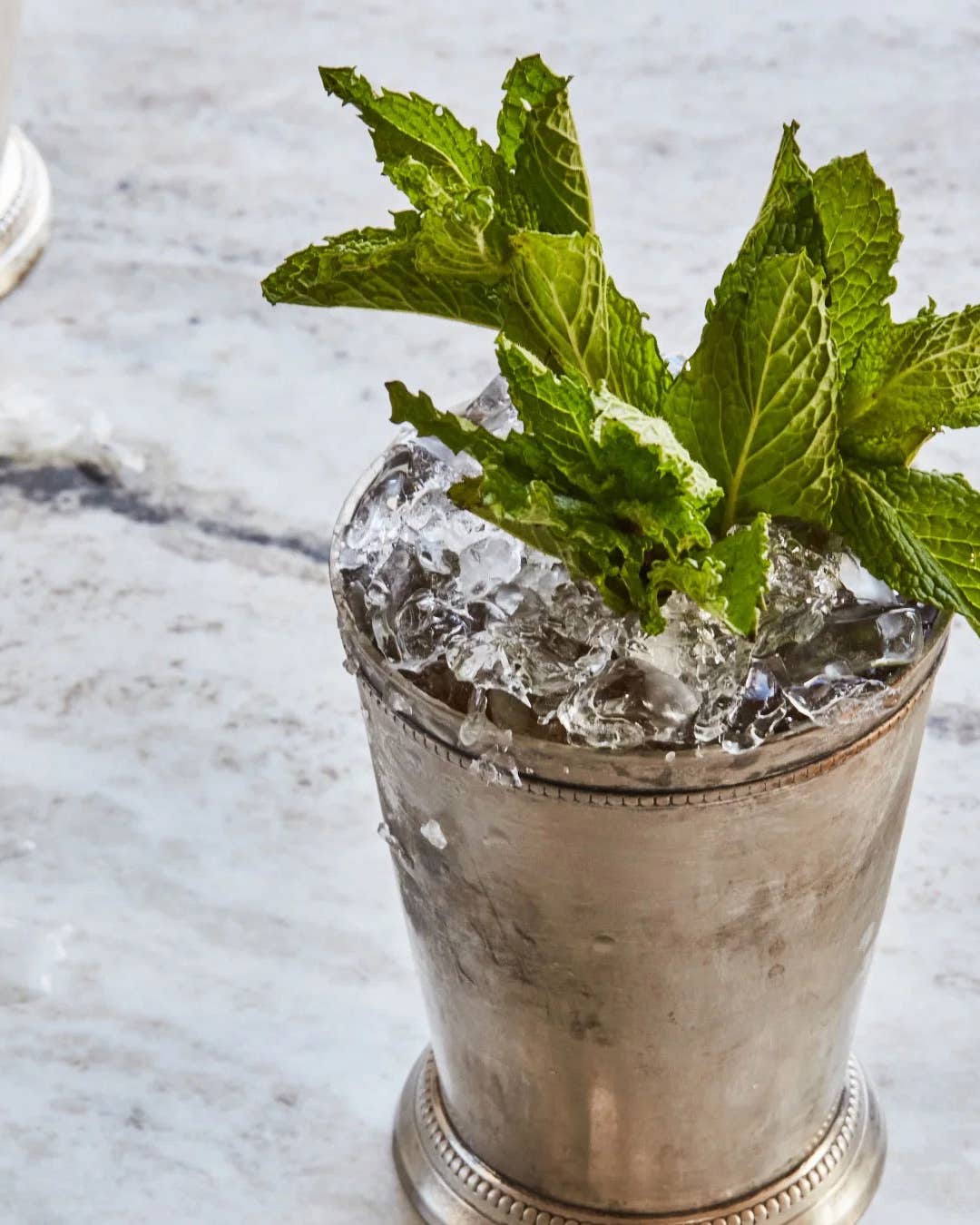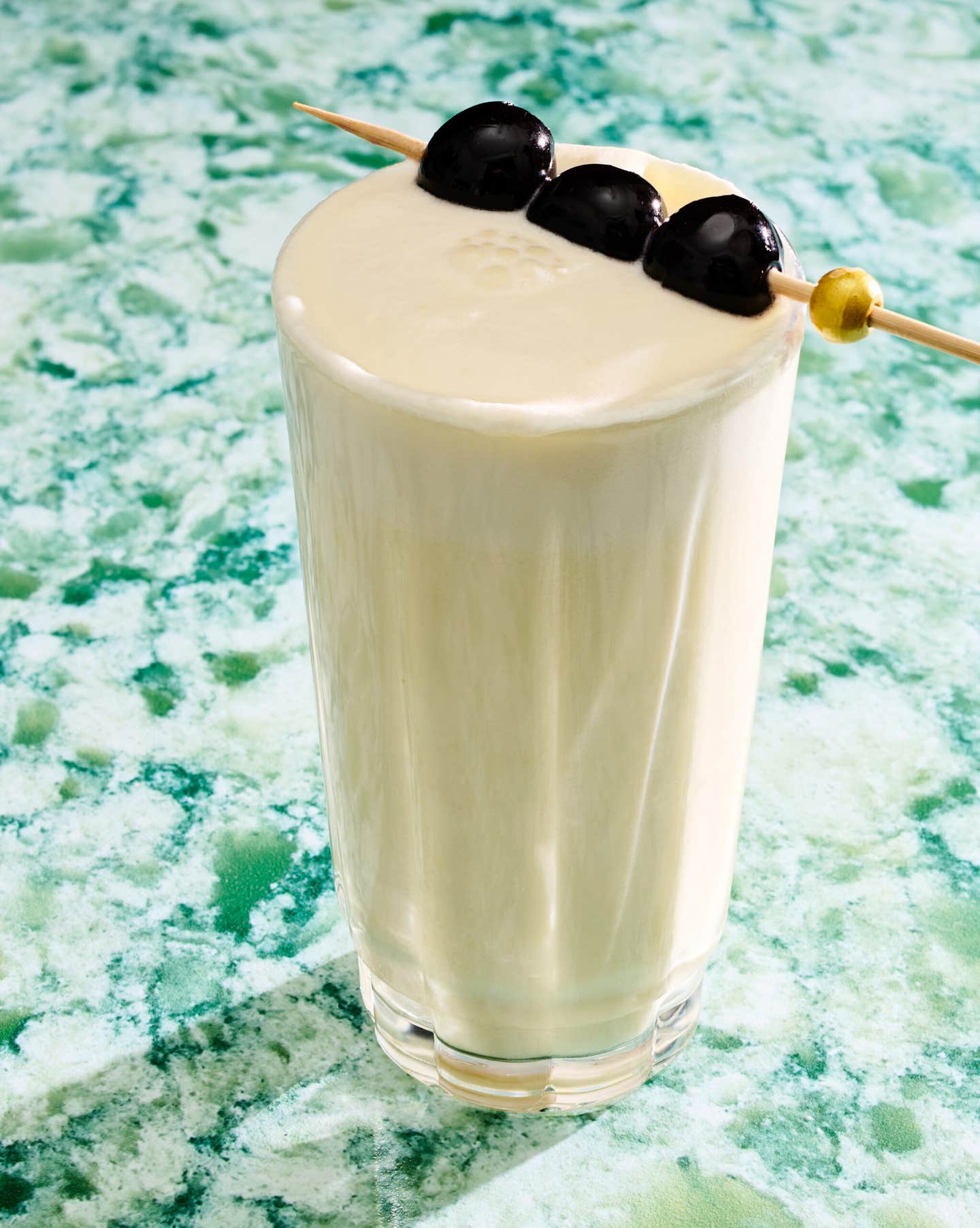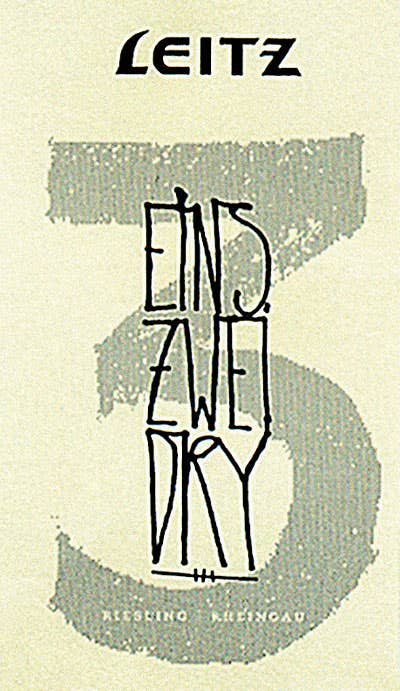
As an unabashed lover of German rieslings, I have to confess: I adore the fusty old riesling labels, with their famously wordy classifications—riesling kabinett, riesling spatlese, riesling spatlese trocken, and so on. Those traditional labels may seem indecipherable at first, but the fact is, no other country has a clearer system for telling consumers what they're getting. If you know what the terms mean, you can pretty much glean how the wine will taste: dry, sweet, rich, light, honeyed, or crisp.
Those old-school labels may one day be a thing of the past, however. Convinced that most international wine drinkers didn't understand the labeling language—or, worse, were misinterpreting it—many producers started doing their own thing in the 1980s. As the revisionist label movement grew, different winemaking regions and associations introduced new lingo and logic, in some cases confounding folks (like me) who had come to rely on the old classifications.
Until recently, almost all German rieslings bore the name of the village where the wine was made (in the case of the Willi Schaefer label, that would be Graach, in the Mosel region), the name of the specific vineyard it came from (Domprobst), and one of the five age-old riesling designations: kabinett,_ spatlese_, auslese, beerenauslese, or trockenbeerenauslese. Each one refers to a different level of grape ripeness at the time of picking. If moderately ripe, the wine is labeled kabinett. If riper, with more sugar at the time of harvest, it's spatlese. Riper still: auslese. Beerenauslese and trockenbeerenauslese are the ripest; they're dessert wines, and among the best in the world, if you ask me.
Here's where some German winemakers saw a problem: consumers seeking a dry white wine might assume that anything other than a kabinett would be too sweet. But that's not necessarily the case. Makers of kabinett, spatlese, and auslese rieslings may choose to ferment their wine longer, until more sugar has converted to alcohol, to make, say, a spatlese halbtrocken or feinherb (half-dry) or even a spatlese trocken (dry), a wine that's fruit-forward but totally dry. You can tell by looking at the alcohol content; anything above 12 percent will taste dry, no matter how ripe the grapes were when harvested.
Many of the new-style labels—like that of the Eins Zwei Dry from Leitz (pictured), a producer in the Rheingau region, and Clean Slate, from the Mosel region—take pains to announce how dry they are, but dispense with the ripeness classifications. The label for Fritz's Riesling contains hardly any information about the wine at all, highlighting the winemaker's name instead. Other labels, however, like that of the crisp Selbach riesling kabinett, continue to display some of the old designations, albeit amid a more modern design. Meanwhile, many labels are starting to carry new symbols altogether. That little eagle in the lower right corner of the Willi Schaefer label? It's an imprimatur that the Association of German Premium Wineries (also known as the VDP) has awarded to 196 of the country's best producers. That group has also started identifying the German equivalent of France's premier cru, or first growth vineyards (with a logo that looks like a cluster of grapes next to the number one). When wines from these sites are dry, they're marked with the letters "GG," which stand for Grosse Gewachs, or great growth, indicating a grand cru.
Less confusing? Maybe not. But with these new labeling strategies, German makers of riesling are hoping to tell the world not just how the wine was made, but how very good it is.
Keep Reading
Continue to Next Story


